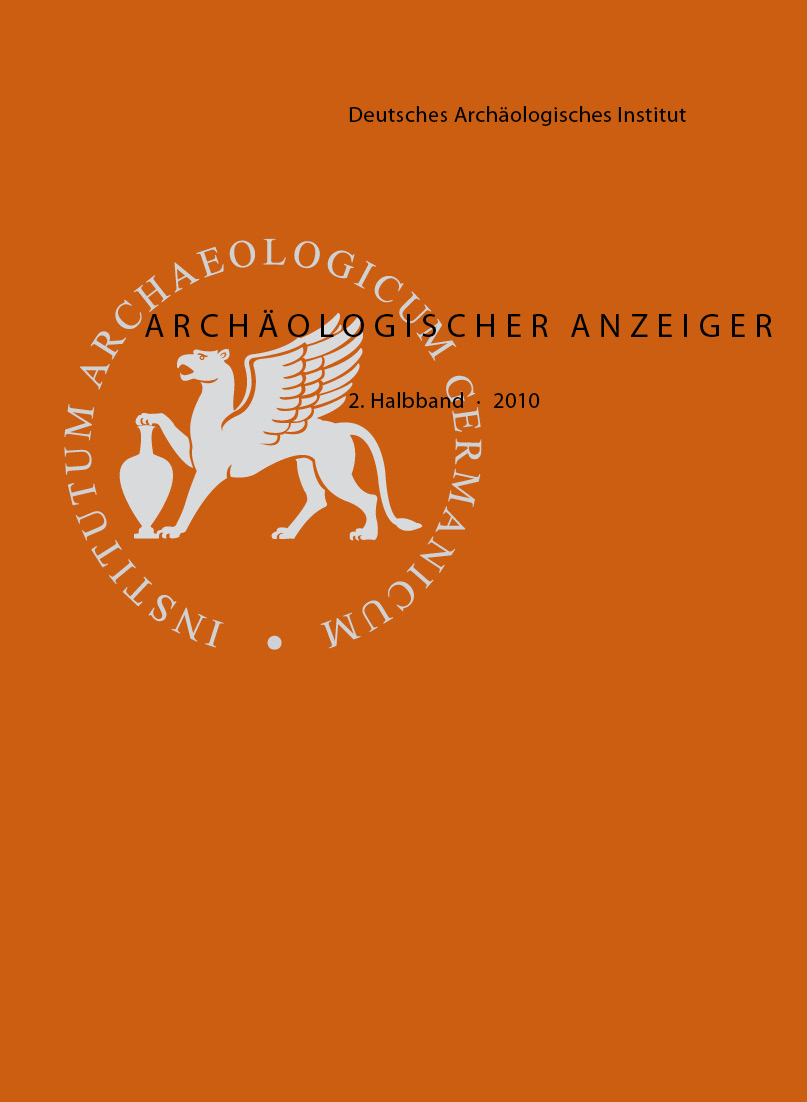Erste dendrochronologische Datierungen historischer Hölzer in Albanien
https://doi.org/10.34780/8ib4-c616
Resumen
Die dendrochronologischen Untersuchungen wurden hauptsächlich an Hölzern aus der Region Korça im Südosten Albaniens vorgenommen. Die Proben stammen von rezenten Bäumen, aus Kirchen, Profangebäuden, von Ikonen sowie von Pfählen prähistorischer Seeufersiedlungen vom Großen Prespasee und von der makedonischen Seite des Ohridsees. Die Mehrheit der insgesamt 564 Proben stammt von Nadelbäumen, insbesondere Schwarzkiefern (Pinus nigra), Bergkiefern (Pinus heldreichii), Tannen (Abies sp.) und in prähistorischer Zeit auch Wacholder (Juniperus sp.). Laubhölzer wie Buchen (Fagus sp.) und Eichen (Quercus sp.) konnten bislang nur in weitaus geringerem Umfang beprobt werden. Die Proben ermöglichten den Aufbau von Jahrringmittelwertserien aus dem Neolithikum (6. Jt.), der Mittelbronzezeit (3. Jt.) sowie aus Mittelalter und Neuzeit. Absolute Datierungen gelangen vorerst nur für Holzfunde der letzten 1000 Jahre. Bisher konnten 219 Jahrringserien von 36 Ikonen und sieben Gebäuden datiert werden. Außerdem werden Aspekte von Klimageschichte, Bau- und Kunstgeschichte sowie historische Waldnutzungsformen angesprochen. Die Weiterführung dieser Untersuchungen trägt wesentlich zum Aufbau absolutchronologischer Zeitgerüste im Raum südlich und südöstlich der Alpen bei.
Palabras clave:
Albanien, Dendrochronologie, Feuchtbodenarchäologie, Ikonen, Kirchen






